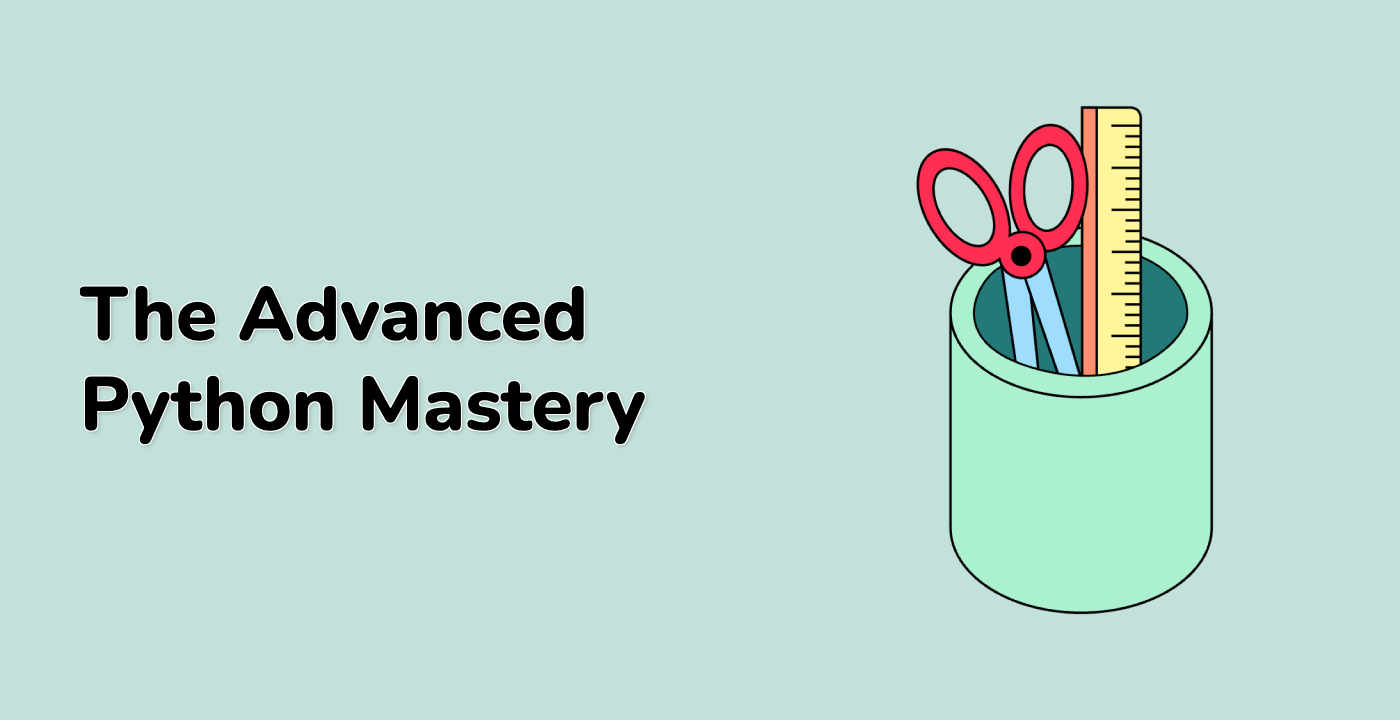Introduction
This lab will guide you through the process of creating different plots using the set_box_aspect() method in Matplotlib. This method sets the aspect ratio between axes height and width in physical units, independent of data limits. It is useful for producing square plots, independent of the data it contains, or to have a usual plot with the same axes dimensions next to an image plot with fixed (data-)aspect.
VM Tips
After the VM startup is done, click the top left corner to switch to the Notebook tab to access Jupyter Notebook for practice.
Sometimes, you may need to wait a few seconds for Jupyter Notebook to finish loading. The validation of operations cannot be automated because of limitations in Jupyter Notebook.
If you face issues during learning, feel free to ask Labby. Provide feedback after the session, and we will promptly resolve the problem for you.




